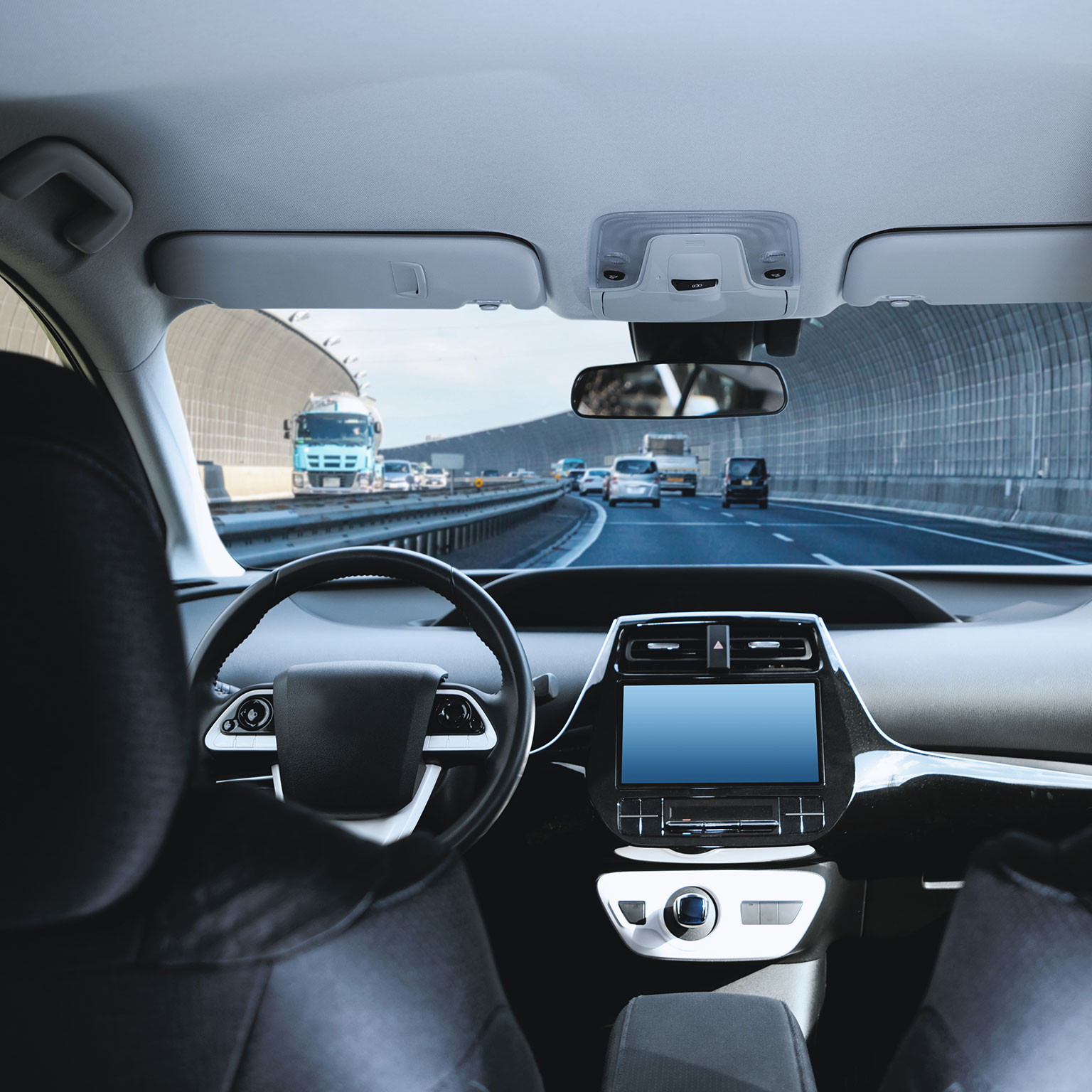Autonomous mobility has the potential to dramatically transform the automotive insurance market, from underwriting to claims and beyond.
Most consumers are used to buying a car and insurance separately—and the latter can be a laborious process. Consider a hypothetical US consumer of the future, Jane, who acquires her first semiautonomous car, attracted by its connected technology and advanced-safety capabilities. Crucially, it comes with insurance that calculates her premium payments by automatically a-sessing her driving in real time through the wireless connectivity feature incorporated into such vehicles.
This article is a collaborative effort by Corey Bourbonais, Tanguy Catlin, Xueqi Chang, Russell Hensley, Philipp Kampshoff, Doug McElhaney, and Gavin McPhail, representing views from McKinsey’s Insurance and Automotive & A-sembly Practices.
As she drives her new car, the vehicle’s system senses risks both when she is driving manually and when she is in autonomous mode. Jane receives helpful feedback on how to drive efficiently to conserve energy and to manage insurance costs, and she has access to a wealth of real-time information, including current per-mile insurance costs and energy usage rates.
During one particular drive, Jane receives an important call and switches on the autonomous-driving option so she can focus on her conversation. After the call, she switches back to manual driving—and both her car and her insurance adjust in real time. While she’s driving the car, insurance liability lies with her. But while the autonomous mode is engaged, liability shifts seamlessly to the manufacturer.
As Jane continues on her journey, software engineers monitor the driving effectiveness of her vehicle and vehicles like hers. Based on performance data they receive, engineers release software updates to improve the performance of Jane’s vehicle. Essentially, her vehicle adapts and improves continuously, improving safety performance over time and reducing overall insurance costs.


![Compare Car Insurance Quotes and Rates [Updated 2022] - Insurance.com](https://www.insurance.com/images/icom-default-twittercard.fw.jpg)


/GettyImages-1012103542-a527d1f380024d5b87c02b255c1d4049.jpg)

















